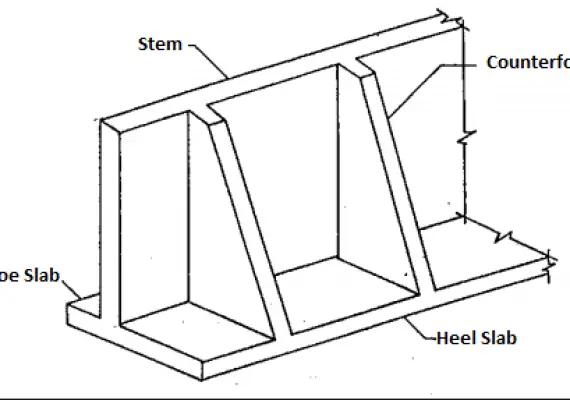What Is An Aggregate Base in Construction? Structural Uses of Aggregate Base
What Is An Aggregate Base in Construction?
The aggregate base is a type of construction material that is made up of crushed rock particles that are small enough to pass through a screen with 20-millimeter (mm) holes. It can be composed of either newly mined rock or recycled asphalt and concrete.
Aggregate base is used as a foundation for roadways, concrete pads and foundations and as fill material for underground pipes and other utilities.
The base course of an asphalt roadway is the layer below the surface and is typically made of larger grade aggregate that has been spread and compacted to create a stable base for additional layers of aggregate or asphalt pavement. The aggregate base course is also known as ABC.
Aggregate Base Course (ABC) is a layer of material that is used as the foundation of a roadway, driveway or another paved surface. It is composed of a mixture of different sizes of aggregate, which is a type of rock that is crushed or ground up and used in construction.
ABC can be made from quarried rock, recycled asphalt or concrete and is placed on top of the undisturbed soil (subgrade) in order to provide a stable base for the top layers of pavement. It is compacted to a minimum of 95% relative compaction to ensure a strong foundation.
ABC is sometimes referred to simply as “base course.” In addition to being used in roadways and driveways, ABC is also used as a foundation for concrete slabs and other structures, and as backfill material for underground utilities.
The Sub-Base is a layer of small chipped aggregate and dust that is placed on top of ABC in areas with heavy traffic, such as driveways. It is typically made of Crushed Fines and can range in thickness from 1-2 inches.
In lighter traffic areas, such as pathways and patio areas, a Sub-Base may not be necessary and ABC can be used directly on top of the subgrade.
Benefits Of An Aggregate Base
An aggregate base can provide a range of benefits for construction projects. First, it provides a firm and even surface for the foundation of roads, driveways, parking lots, and other paved areas. This in turn ensures the integrity of the project and reduces maintenance costs over time.
Additionally, an aggregate base helps with drainage by providing a permeable layer that allows storm water to pass through while maintaining an even surface.
Finally, it can reduce soil erosion due to its stability in comparison to regular soil. For these reasons, an aggregate base is a great building material choice for any construction project.
Common Uses Of Aggregate Base
Foundations for concrete pads and pavements, asphalt pavements and cement-treated bases can be used for roads and shoulders. Underground facilities and pipes can be supported by backfill.
Structural Uses of Aggregate Base
Aggregate Base is a material used in the construction of structural foundations and base courses for concrete slabs and asphalt pavement roadways. It is placed by carefully spreading and compacting the material. The sub-base is made up of layers of dust and small chipped aggregates often referred to as Crushed Fines. This sub-base is typically laid in areas with heavy traffic or on driveways.
Conclusion
In conclusion, aggregate base is an important material for many construction projects. It is the layer beneath paved surfaces and provides drainage and stability for the pavement above. It is composed of a variety of materials such as gravel, crushed stone, sand, or even recycled concrete.
That being said, it is important to select the right type and quality of materials in order to ensure a solid foundation that will last a long time.

